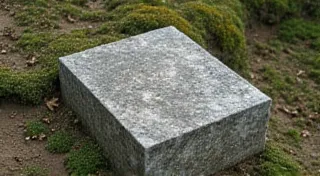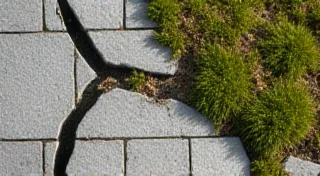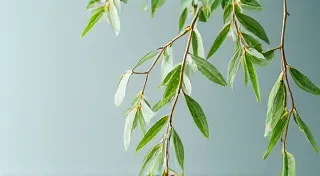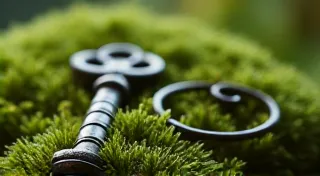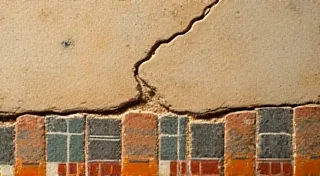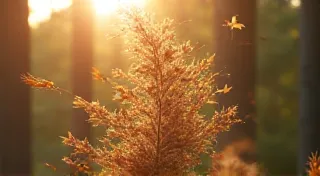Shadow & Stone: Mastering Textural Contrast in Miniature Landscapes
There's a certain melancholy beauty in things that have weathered time – a quality I’m deeply drawn to. It’s the same feeling I get when I open an antique accordion. The aged wood, the intricate bellows, the faint ghost of music clinging to the keys… each element tells a story of hands long gone, of laughter and song echoing through rooms now silent. Just as those accordions are built of contrasting materials – the polished wood, the rough canvas, the gleaming metal – so too can a truly captivating miniature garden thrive on the interplay of texture. It's not simply about pretty flowers; it’s about the feeling you evoke with the arrangement of your tiny world.
We often focus on color palettes in miniature gardening. A pop of crimson against a sea of emerald, the gentle blush of lavender amongst cool blues – these are all important. But to elevate your dollhouse landscapes beyond the merely pleasant, you need to understand the power of textural contrast. Think of it as adding depth, realism, and a hint of drama to your miniature scenes. A smooth, perfectly manicured lawn, while appealing, can feel sterile. A scattering of rough-hewn stones, a bed of velvety moss, a tangle of delicate ferns – *that* is what breathes life into a miniature garden.
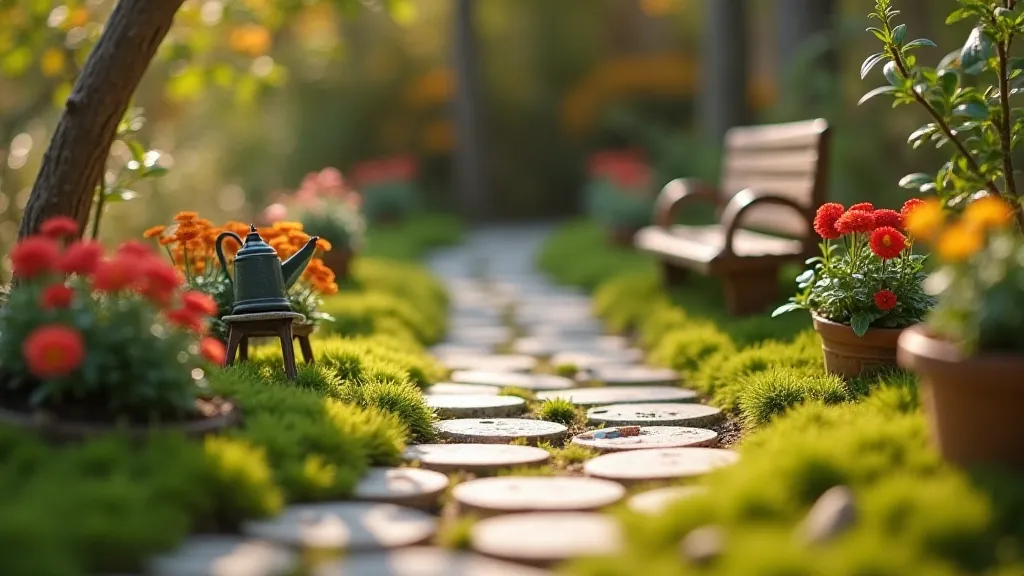
The Foundation: Stone and Earth
Let's start with the ‘shadow’ part of our title. The contrast between light and shadow is intimately tied to texture. Rough stone, for example, naturally creates more pronounced shadows than smooth surfaces. This immediately adds visual interest and a sense of age and weathering. Think about the walls of an old stone cottage – the irregularities in the stones, the way the sunlight catches the crevices, the overall feeling of solidity and permanence. You can recreate that in miniature using tiny pebbles, broken slate, or even carefully sculpted polymer clay. A few strategically placed rocks can define a pathway, create a miniature retaining wall, or simply add a touch of wildness to your landscape.
Don't be afraid to incorporate different types of stone – smooth river rocks, jagged shale, even tiny pieces of brick. The variety will add realism. Consider using a diluted brown or grey wash to create the illusion of weathering on your stones. This is a simple technique, but it can make a huge difference in the overall effect. Think about the age and story behind each element; a broken, moss-covered stone tells a different story than a pristine, polished one. The way you arrange these elements, too, can heavily impact the overall aesthetic. Sometimes, a carefully pruned miniature tree, trained with expertise to mimic larger forms, can create an unexpected and striking contrast against a backdrop of rugged stone – similar to the methods described in Whispering Willows: Training Miniature Trees for Graceful Forms.
The Gentle Embrace: Cultivating Miniature Moss
Now, let’s move on to the 'stone' – the soft counterpoint to the ruggedness of stone. Moss is a cornerstone of textural contrast in miniature gardening. Its velvety surface creates a beautiful visual and tactile experience. There’s a meditative quality to tending to miniature moss landscapes, a quiet reward in the slow unfolding of its growth.
Miniature moss cultivation isn't difficult, but it does require some attention. Sphagnum moss is a popular choice, readily available online or from craft stores. You'll need a shallow container, a well-draining soil mix, and consistent moisture. Direct sunlight can scorch moss, so a shaded location is ideal. Experiment with different types of moss to achieve different effects. Sheet moss offers a flat, uniform look, while cushion moss creates a more three-dimensional texture.
The color of your moss can also contribute to the overall feel of your landscape. Bright green moss evokes a sense of freshness and vitality, while darker shades of green create a more mysterious and secluded atmosphere. Remember that moss, like all living things, adds a dynamic, ever-changing element to your miniature world. It’s a living story unfolding before your eyes. Creating a miniature ecosystem, complete with moss and other delicate plants, can be an incredibly rewarding project. It's a chance to not just arrange, but cultivate a tiny world—a microcosm of nature that requires patience and observation.
Beyond the Basics: Foliage, Flowers, and Fine Details
Texture isn't limited to stone and moss. The leaves of your plants, the petals of your flowers, the very soil they grow in – all contribute to the overall textural landscape. Think about the difference between the smooth, glossy leaves of a miniature boxwood and the feathery foliage of a fern. The contrast is striking.
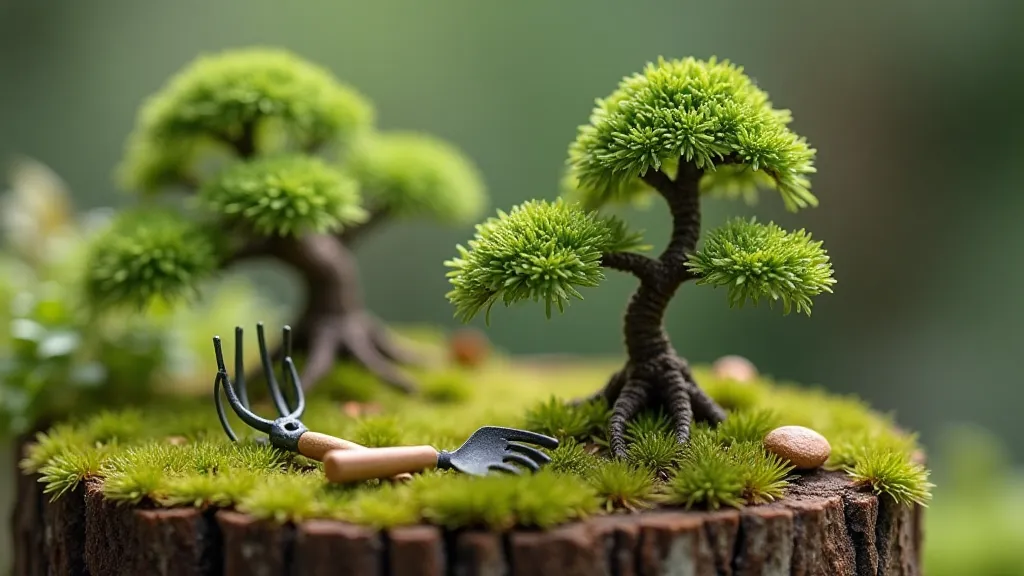
Consider the soil itself. A finely sifted, perfectly uniform soil mix can look artificial. A mix of sand, peat moss, and a touch of vermiculite will create a more natural texture. You can even add a sprinkle of tiny pebbles or bark chips to the surface of the soil to add further visual interest. The careful selection of plants is key to achieving the desired texture. Sometimes, the stories these tiny gardens tell can be complex, and often involve not just aesthetics but also the narrative elements suggested by miniature figurines - elements that add character and charm, as described in Silent Storytellers: Using Miniature Figurines to Narrative Miniature Gardens.
Scale model flower pots are another opportunity to play with texture. A cracked, weathered terracotta pot tells a different story than a pristine glazed ceramic one. Look for pots with rough, irregular surfaces. Even the texture of miniature fences, pathways, and garden furniture can add to the overall effect. The possibilities for creating visual interest are almost limitless, but it's essential to remember that even the smallest details can make a big difference.
Creating Miniature Greenhouses and Protected Spaces
If you want to explore miniature horticultural techniques further, creating miniature greenhouses is a wonderful project. The glass, of course, offers a different texture – smooth and reflective – juxtaposed with the more organic textures of the plants inside. A tiny, perfectly crafted greenhouse demonstrates attention to detail, showcasing your miniature gardening skills. Careful planning and a good understanding of the plants' needs are paramount to success, just as they are in propagating rare miniature plants, a process described in detail in The Humming Seed: Propagation Techniques for Rare Miniature Plants. The challenge lies in creating a self-sustaining ecosystem that mimics the conditions of a larger environment.
The Legacy of Craftsmanship and Restoration
Just as I appreciate the craftsmanship of an antique accordion, I believe we should strive for the same level of care and attention to detail in our miniature gardens. Each element, from the smallest pebble to the tallest flower, should be thoughtfully chosen and carefully placed. Consider the history of each element, the hands that crafted it, and the stories it has to tell.
Just as a skilled restorer carefully preserves the integrity of an antique accordion, we should approach our miniature gardens with a similar respect for authenticity. We're not simply creating pretty scenes; we're creating miniature worlds, each with its own unique character and history. The creation of these miniature worlds can often require recreating entire landscapes, including forests teeming with life—a project that demands a keen eye and an understanding of how to capture the essence of nature in miniature, as explored in Echoes of the Wild: Recreating Forest Landscapes in Miniature Terrariums.
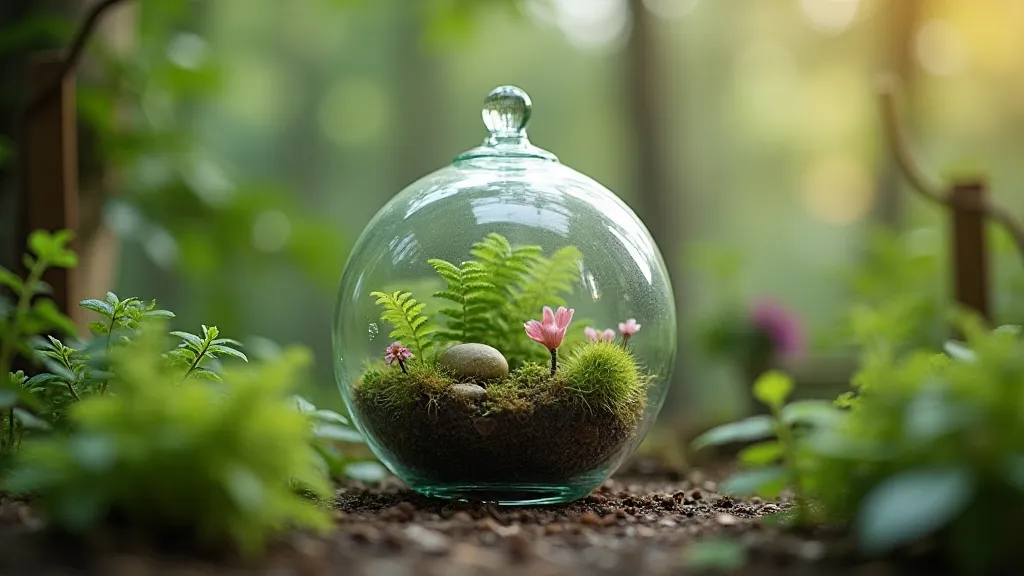
By mastering the art of textural contrast in miniature landscapes, you can create miniature worlds brimming with character and charm. Moreover, maintaining these miniature landscapes isn't simply a matter of watering the plants. It’s about understanding the intricate balance of the ecosystem and intervening only when necessary. It requires patience, observation, and a willingness to learn from mistakes. It's a continuous process of refinement and improvement, a constant quest for perfection. Ultimately, creating a miniature garden is an act of creativity, a celebration of nature, and a testament to the power of imagination.
